When it comes to garnering customer loyalty, Oil and Gas Retail companies face unique challenges. For one, fuel prices are highly regulated by the government and fluctuate with changes in the global crude oil prices, and so profit margins on fuel sales are slim when compared to other sectors. Interestingly, fuel retailers typically see profitability decrease as prices rise, and increase when prices fall, due to the volatility in the wholesale price of gasoline and the competitive structure of the market (according to the Association For Convenience & Fuel Retailing).
The Need for Diversification and Differentiation
Fuel retailers are also challenged by growing concerns of consumer impact on the environment and climate change across the world, and unfortunately, fuel-guzzling vehicles are viewed as a step in the opposite direction of progress. In February of this year, BP (formerly The British Petroleum Company) announced a new purpose – ‘to reimagine energy for people and the planet’ – supported by a new ambition to be a net-zero company by 2050 or sooner. BP isn’t the only brand coming to terms with the world’s diminishing carbon budget. Shell, one of the largest multinational Oil and Gas companies, is reinventing itself as an international energy company that aims to meet the world’s growing need for cleaner energy solutions, in ways that are ‘economically, environmentally and socially responsible.
Customers today crave personalized, convenient and emotion-fuelled (pun intended) experiences, and fuel retail brands that haven’t differentiated themselves in these aspects will find customers returning only for consistently low prices—not a great revenue strategy in the long term.
So how can fuel retail brands future-proof their business during unpredictable times? Firstly, brands must drive non-fuel retail sales from in-store food, beverages and more, and drive additional vehicle services, all of which can yield a much higher profit margin than fuel sales. For instance – on an average day, Shell serves customers on nine different shopping missions, seven of which are not associated with fuels. Secondly, if we are to take examples from leading brands like Shell and BP, fuel brands must have one finger on the consumer’s pulse, and make business decisions that keep in line with expectations.
We believe that an intelligent loyalty and customer engagement strategy have enormous potential to transform a fuel retail brand. Here are some key strategies and insights on how fuel and oil companies can implement a consumer-centric, future-proof loyalty program.
Best Practises For Designing a Fuel Retail Loyalty Programs
-
Be Accessible for the entire Spectrum of Customers
Fuel stations are frequented by a diverse segment of customers – from time-crunched businessmen to unhurried grandpas. Keeping your loyalty program attractive to these diverse personas of customers is key to the success of your program. An omnichannel loyalty program allows you to do that. These programs facilitate an omnichannel engagement strategy by unifying customer data across multiple channels and building a Single View of Customer.
However engagement is only one part of your omnichannel strategy, the other is accessibility. By enabling digital cards and social media integrations, your loyalty program is always available from the mobile app. To state the obvious, this is a huge boon today since most people always have their phones, even if they forget their loyalty card. At the same time, brands should also enable customers to access the loyalty program using physical cards or key fobs, with support through channels like call centers, since less tech-savvy customers often prefer a human connection.
-
Offering Personalized Rewards for Each Customer Segments
Implement loyalty elements that go beyond simple discounts or points that blanket-target all customers. By understanding the psychology of various customer segments, fuel retail brands can analyze customer behavior, and segment them based on their individual preferences, interests and missions, and finally reward them highly personalized, experiential rewards.
For this, it’s vital for brands to identify and understand customer mission and purchase patterns. Is the visiting customer an individual user, or part of a fleet service? Is he a high-frequency customer or a sporadic one? Will they be more inclined towards a free beverage as a reward or discounts on future refuels.
Rewards and engagement must be customized based on the desired behaviors from different customer segments, engagement varying with their location, age group, life-events (birthdays, anniversaries), and more. For example:
- A driver fitting the ‘parent’ profile refuels their vehicle. Brands can trigger instant offers via bill, SMS or the app, like a limited-period discount on a popular snack for kids from partner stores.
- For high-spending customers, or those fitting a ‘business’ profile, brands can upsell with higher-grade fuel, or higher-priced products with greater margins. For high-frequency customers, brands can offer a free service or product (like a car wash or a coffee in-store) after ‘x’ visits per month. Some brands offer greater savings with a higher loyalty tier.
Shell Fuel Rewards has two tiers: Silver Status, which saves 3 cents per gallon on fuel purchases, and Gold Status, which saves you 5 cents per gallon. The disclaimer is that to maintain Gold Status, customers need to fill up six times with at least 5 gallons every three months.
- Utilize concepts like gamification for fuel rewards programs to grant rewards to drivers who reach fun milestones. Offer scratch-and-win games for discounts on partnering brands or Non-Fuel Retail products. Double loyalty points for those who manage to stop at a round figure while refilling. Create in-app games during festive seasons that gift drivers free or discounted vehicle services.
The American fuel retail brand Speedway offers exciting Speedy Rewards Sweepstakes running each month. It offered loyalty perks for fuel customers who could redeem their loyalty points for chances to win the Sweepstakes— 50 points grants them entry to win a $500 Speedy gift card, and customers can apply multiple times to increase their chances of winning.As a matter of hygiene, always track and analyze campaigns to understand their success and redemption rates.
-
Optimizing Service Times by Integrating Loyalty & Contactless Payments
With on-the-go drivers sensitive to staying on schedule, the key to delighting customers is providing services that are timely. This can be accomplished by a fast, streamlined and convenient transaction and refueling experience.
The ideal time taken for refueling a vehicle should not be more than 3 minutes. Digital technologies such as cashless payments help reduce valuable customer time while increasing transaction security and are already in steady use across the world.
Repsol Mas (a Spanish fuel retail brand) offers a digital wallet and universal payment app that lets consumers pay by phone, earn points and save during transactions— all from a single app.
As we enter a post-pandemic world, contactless transactions will continue to be popular with a wide audience. Fuel brands can introduce QR code scanning for payments, or prepaid wallets linked to their mobile app, both of which will save drivers valuable time.
Fuel Retail brands like China National Petroleum Corporation (CNPC) have enabled “smart fuelling stations” which enables customers to fuel their vehicles without stepping out. CNPC claims that smart fuelling has cut down fueling time from six minutes to approximately two minutes.
Fuel Retail Brands can further reduce customer time by enabling pre-booking services or meals through their mobile phone app.
-
Leveraging & Optimizing Fleet Loyalty
A fleet Loyalty Program is a card management system through which a fuel retail brand offers a credit line and rewards for businesses with a fleet of vehicles. As an example, consider a cab service company leveraging a fleet loyalty program from a specific fuel retail brand. Not only does the program provide a convenient, quick mode of payment for fuel purchases for all drivers belonging to the cab service company, it also assures a steady stream of business for the fuel retail brand.
While the program offers the cab service business fuel on credit by using the cards, it also rewards the loyal customers (either individual drivers or the business itself) for their spending.
-
Advanced Geolocation based Hyperpersonalization
Based on advanced geolocation and beacons, fuel retail brands can trigger personalized offers to make people aware of fuel stations and stores near them. This is a great way to beat competing brands in a specific service area with a proactive approach, which can help shift customer behavior in your favor. However, brands must take care to not trigger communication intrusively—that will be the highway to losing customers.
An alternative to the proactive approach is to enable customers to find the right offers and stores through your app when they require it.
Exxonmobil has enabled a Speedpass+ loyalty app that also allows customers to search for nearby Exxon and Mobil stations, and pay for gas right from their phone using Samsung Pay, Apple Pay and other methods.
Summary
As consumer demands and trends change, fuel retailers need to fundamentally transform their approach to customer loyalty. They need to move towards a customer-centric business model to capture new product and service opportunities and incorporate digital tools and technologies to elevate the overall customer experience. The innovative ways in which they can achieve this will be the mark of their success.
-
- Utilize concepts like gamification for fuel rewards programs to grant rewards to drivers who reach fun milestones. Offer scratch-and-win games for discounts on partnering brands or Non-Fuel Retail products. Double loyalty points for those who manage to stop at a round figure while refilling. Create in-app games during festive seasons that gift drivers free or discounted vehicle services.
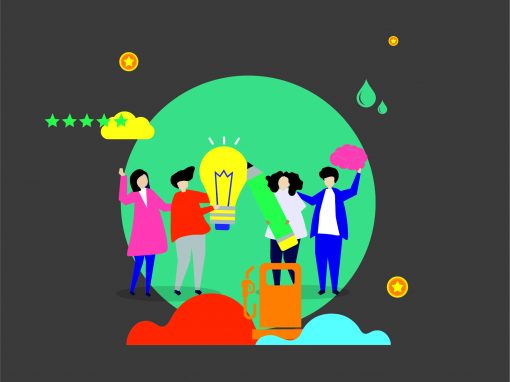
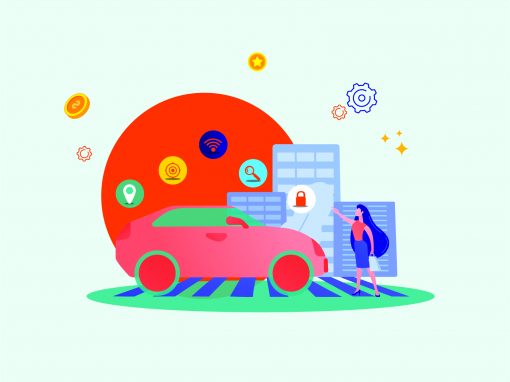
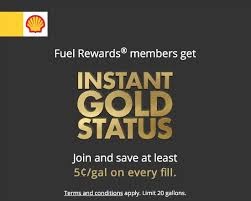 Shell Fuel Rewards has two tiers: Silver Status, which saves 3 cents per gallon on fuel purchases, and Gold Status, which saves you 5 cents per gallon. The disclaimer is that to maintain Gold Status, customers need to fill up six times with at least 5 gallons every three months.
Shell Fuel Rewards has two tiers: Silver Status, which saves 3 cents per gallon on fuel purchases, and Gold Status, which saves you 5 cents per gallon. The disclaimer is that to maintain Gold Status, customers need to fill up six times with at least 5 gallons every three months.
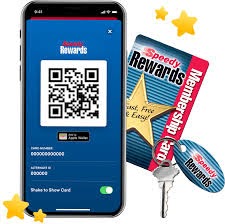 The American fuel retail brand Speedway offers exciting Speedy Rewards Sweepstakes running each month. It offered loyalty perks for fuel customers who could redeem their loyalty points for chances to win the Sweepstakes— 50 points grants them entry to win a $500 Speedy gift card, and customers can apply multiple times to increase their chances of winning.As a matter of hygiene, always track and analyze campaigns to understand their success and redemption rates.
The American fuel retail brand Speedway offers exciting Speedy Rewards Sweepstakes running each month. It offered loyalty perks for fuel customers who could redeem their loyalty points for chances to win the Sweepstakes— 50 points grants them entry to win a $500 Speedy gift card, and customers can apply multiple times to increase their chances of winning.As a matter of hygiene, always track and analyze campaigns to understand their success and redemption rates.
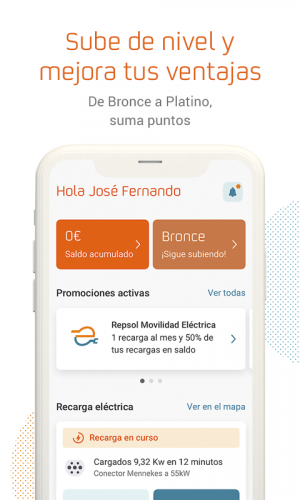 Repsol Mas (a Spanish fuel retail brand) offers a digital wallet and universal payment app that lets consumers pay by phone, earn points and save during transactions— all from a single app.
Repsol Mas (a Spanish fuel retail brand) offers a digital wallet and universal payment app that lets consumers pay by phone, earn points and save during transactions— all from a single app.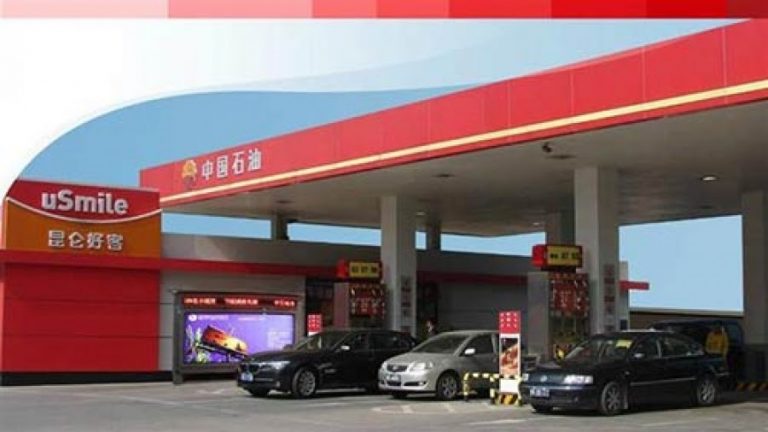 Fuel Retail brands like China National Petroleum Corporation (CNPC) have enabled “smart fuelling stations” which enables customers to fuel their vehicles without stepping out. CNPC claims that smart fuelling has cut down fueling time from six minutes to approximately two minutes.
Fuel Retail brands like China National Petroleum Corporation (CNPC) have enabled “smart fuelling stations” which enables customers to fuel their vehicles without stepping out. CNPC claims that smart fuelling has cut down fueling time from six minutes to approximately two minutes.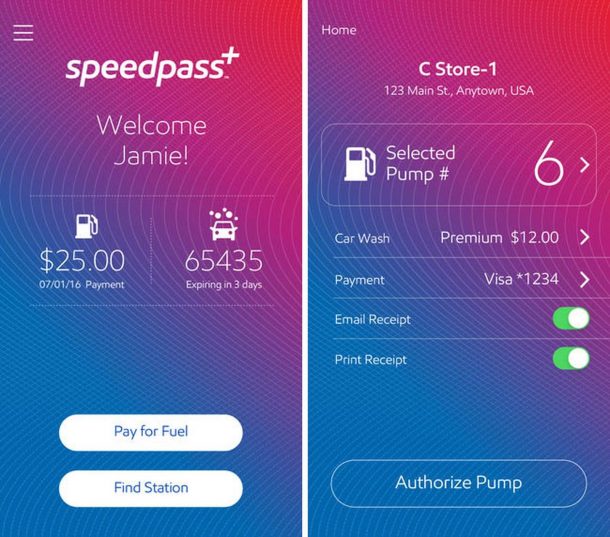 Exxonmobil has enabled a Speedpass+ loyalty app that also allows customers to search for nearby Exxon and Mobil stations, and pay for gas right from their phone using Samsung Pay, Apple Pay and other methods.
Exxonmobil has enabled a Speedpass+ loyalty app that also allows customers to search for nearby Exxon and Mobil stations, and pay for gas right from their phone using Samsung Pay, Apple Pay and other methods.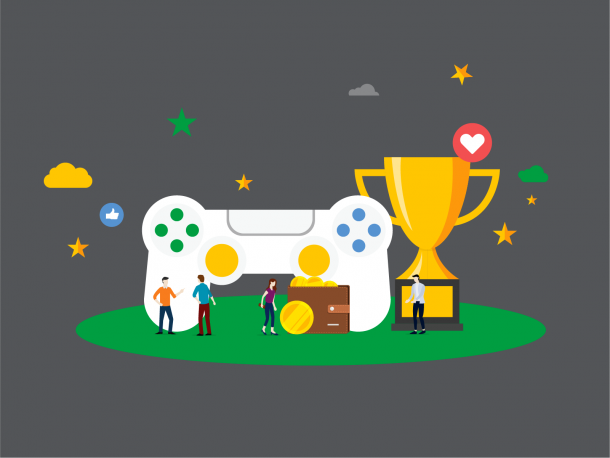
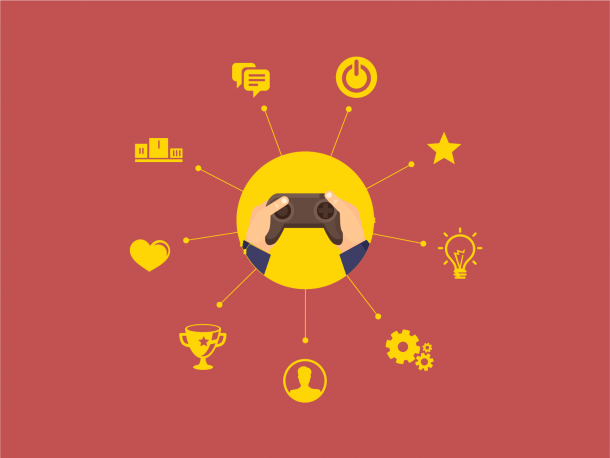
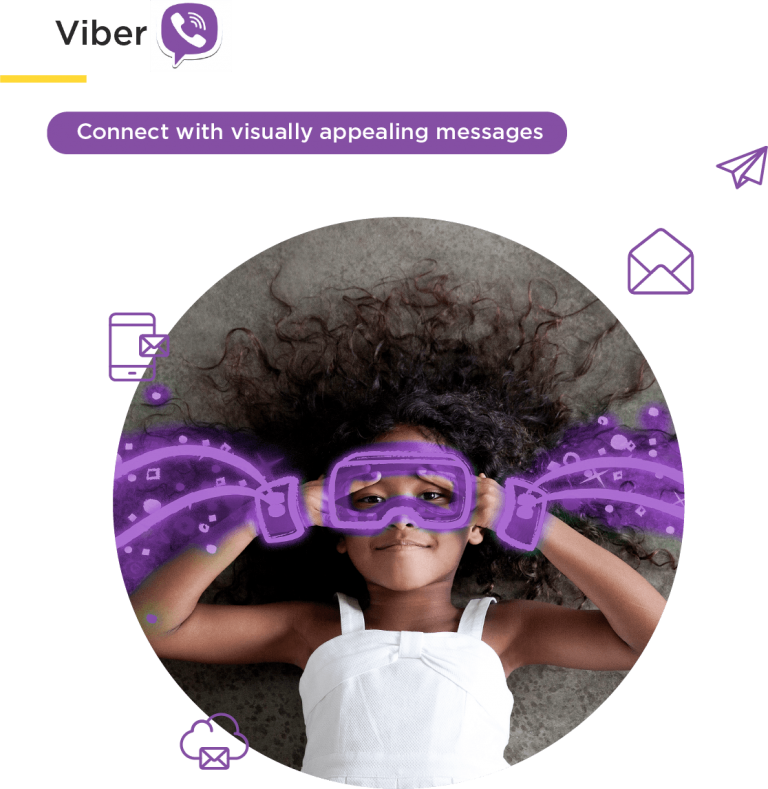
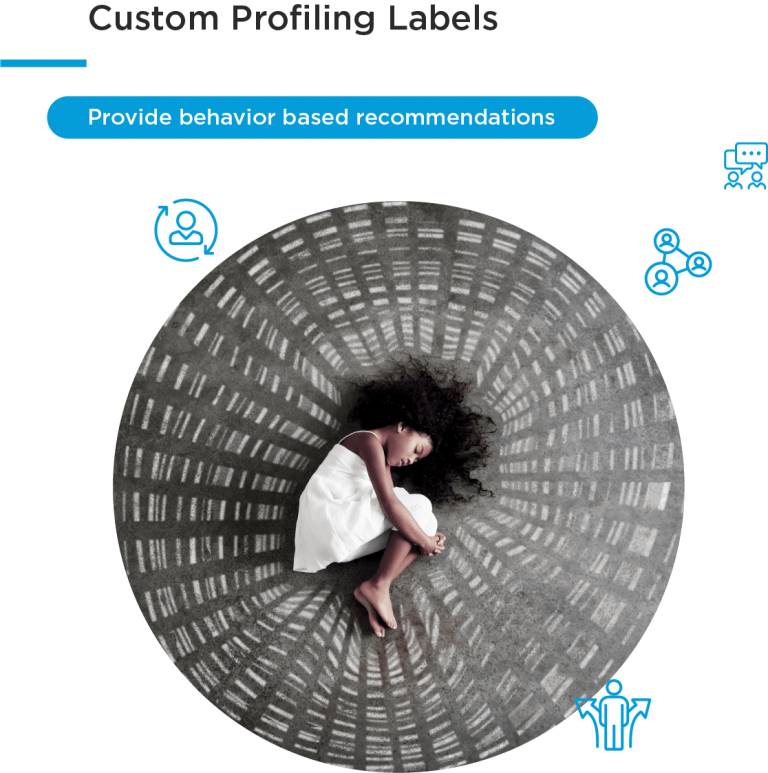
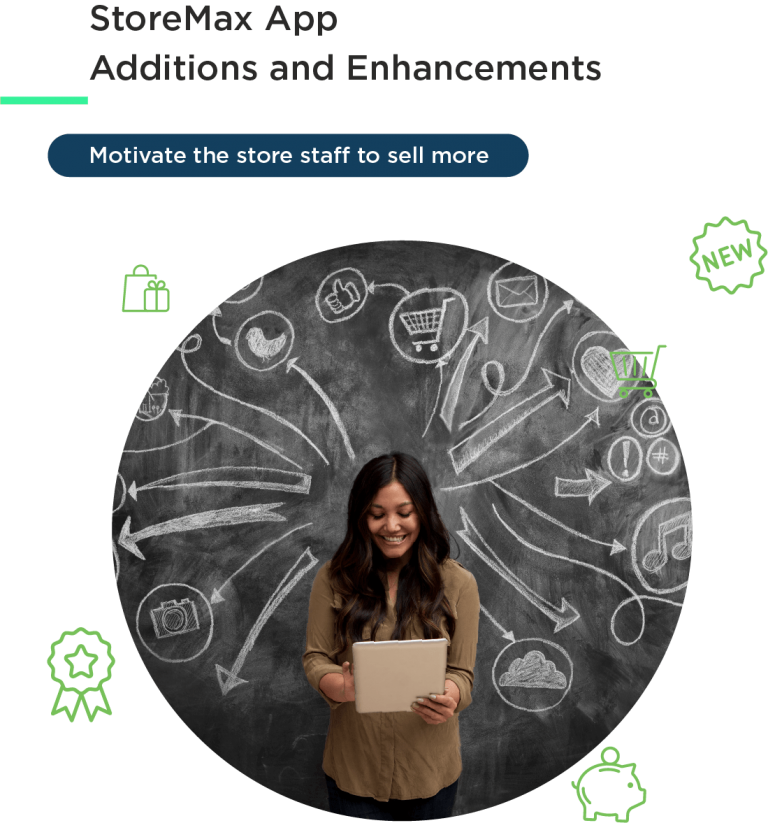 Communication, as we know, is essential in every area of the organization – to build loyal customers and motivate employees to work better and achieve the organizational goals.We have added new features within the
Communication, as we know, is essential in every area of the organization – to build loyal customers and motivate employees to work better and achieve the organizational goals.We have added new features within the